BRI Case Studies
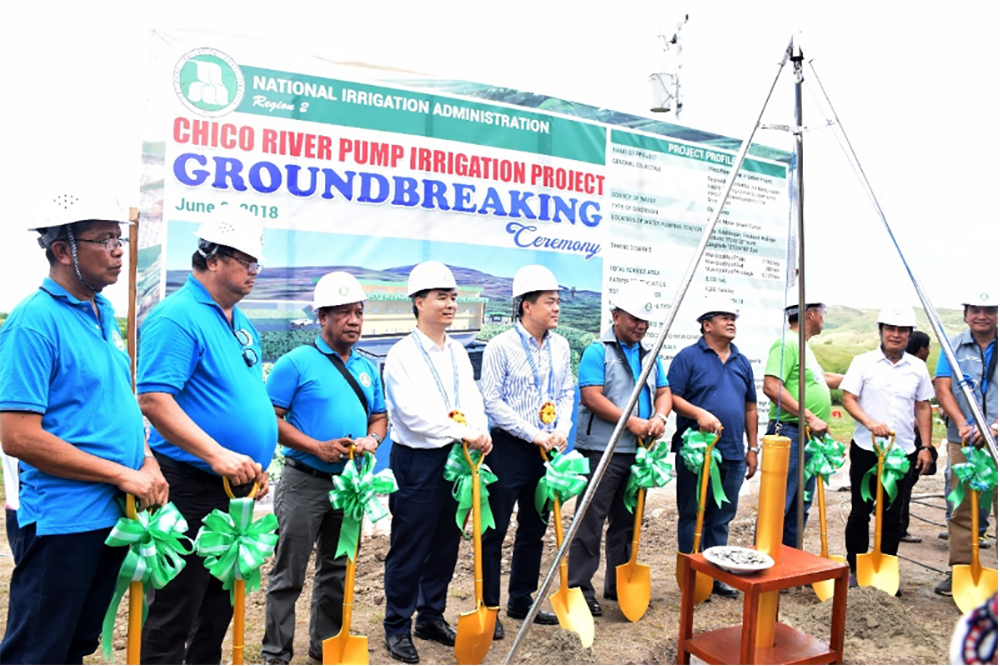
Chico River Pump Irrigation Project (CRPIP)
The Chico River Pump Irrigation Project (CRPIP) is the first flagship project under the “Build, Build, Build” (BBB) program of the Duterte administration. The CRPIP was conceptualized to provide ample and stable water supply to 8,700 hectares of agricultural land by constructing new diversion and canal systems. It is targeted to increase agricultural productivity and benefit 4,300 farmers in 21 barangays from Tuao and Piat in Cagayan, and Pinukpuk in Kalinga. The project is worth P4.372 billion (or about USD87 million).
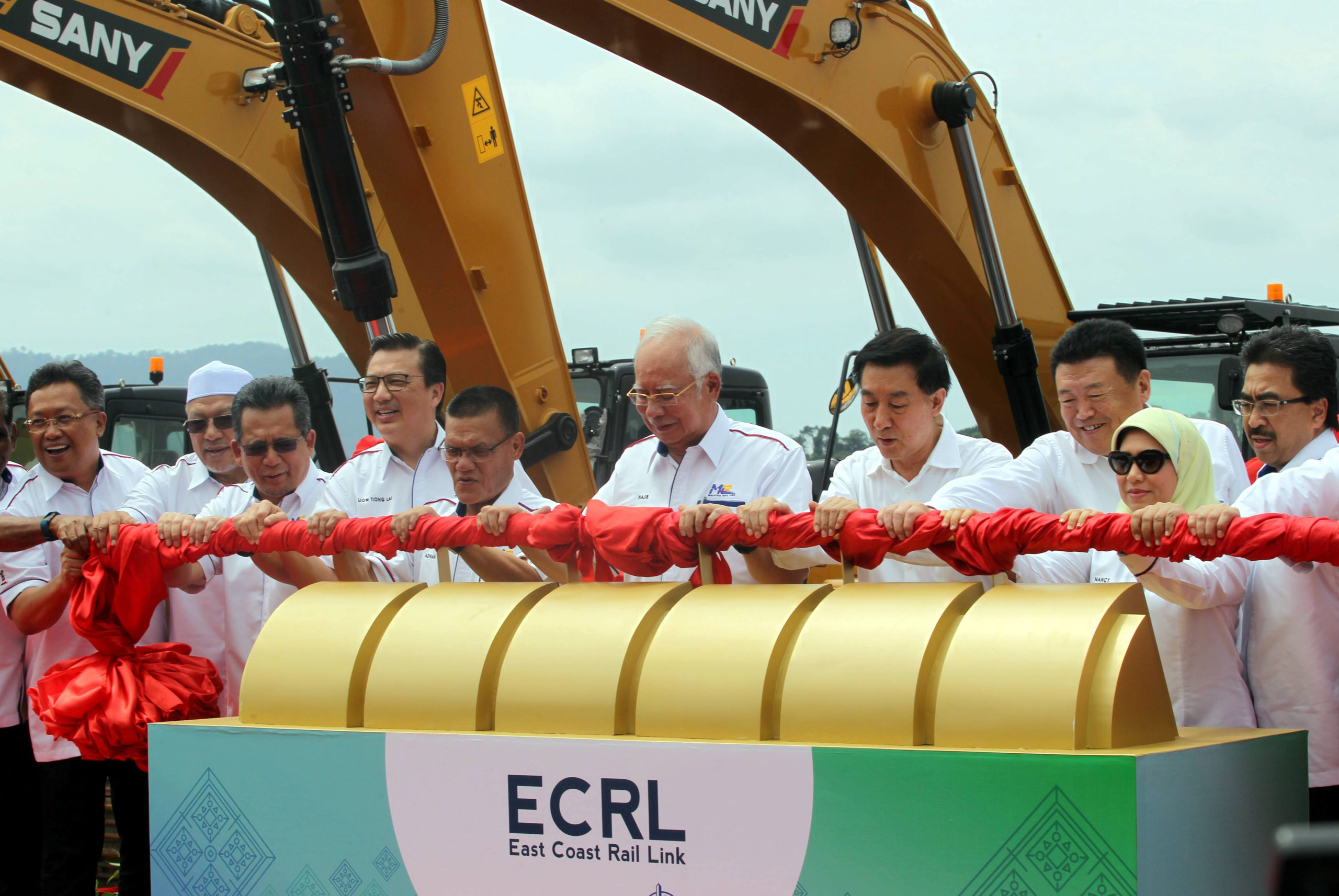
East Coast Rail Link (ECRL)
The East Coast Rail Link (ECRL) is a proposed railway infrastructure project designed to improve connectivity between Peninsular Malaysia’s East Coast states of Kelantan, Terengganu, and Pahang, and the West Coast states of Negeri Sembilan, Selangor, and the Federal Territory of Putrajaya, which is currently only partially connected by rail. The railway will be used for both passenger and freight transportation. The journey from Kota Bharu, on the north end of the rail line, to Gombak, on the south end, will take less than four hours as compared to seven hours by car/bus. In addition to improved connectivity, the ECRL is intended to spur the development of the industrial, commercial, and tourism sectors along its route. A groundbreaking ceremony was held on August 9, 2017, to mark the start of construction. As of March 2021, 21.4 percent of the project had reportedly been completed. The rail line is scheduled to commence operation by 2027.
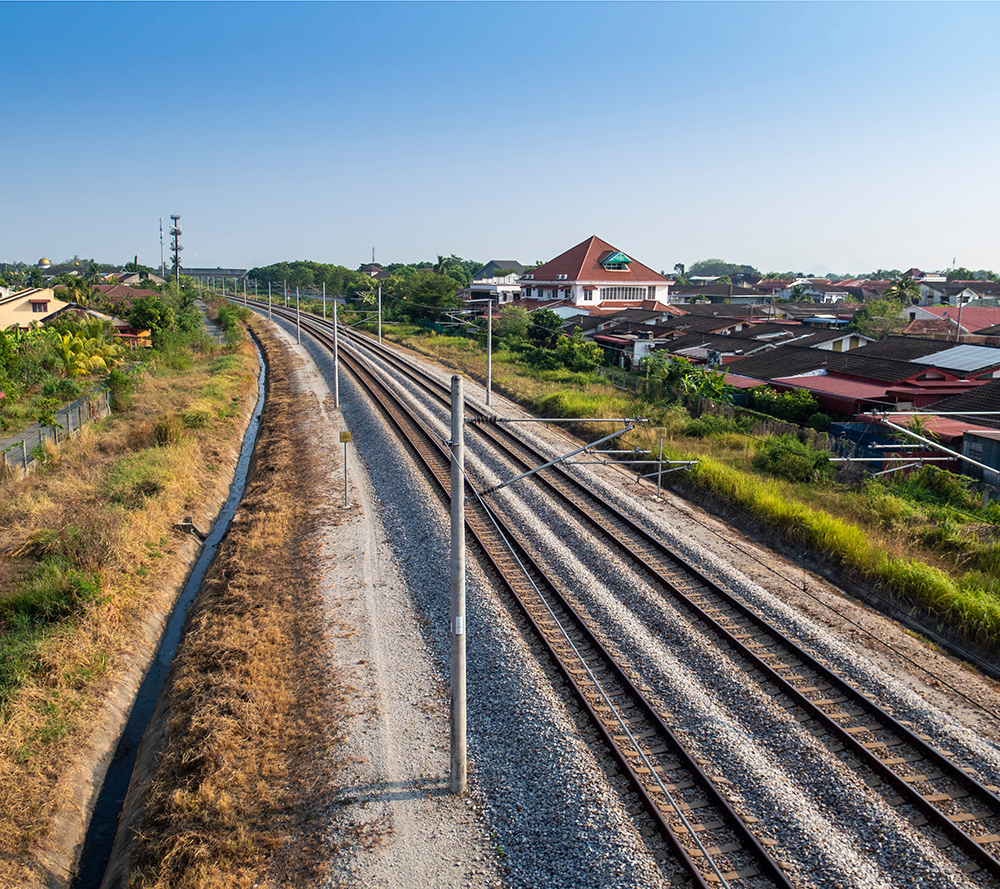
Gemas-Johor Bahru Electrified Double-Tracking Project (G-JB)
The Gemas–Johor Bahru Electrified Double-Tracking Project (G-JB) is a project to construct a double-track electric rail line from the town of Gemas in the state of Negeri Sembilan to the city of Johor Bahru in the state of Johor at the southern tip of Malaysia. It is the final component of the Malaysian Ministry of Transport’s broader electrified double-tracking project (EDTP); its completion will ensure a continuous double-track line across Malaysia from Padang Besar at the Thai border all the way to Johor Bahru, adjacent to Singapore.
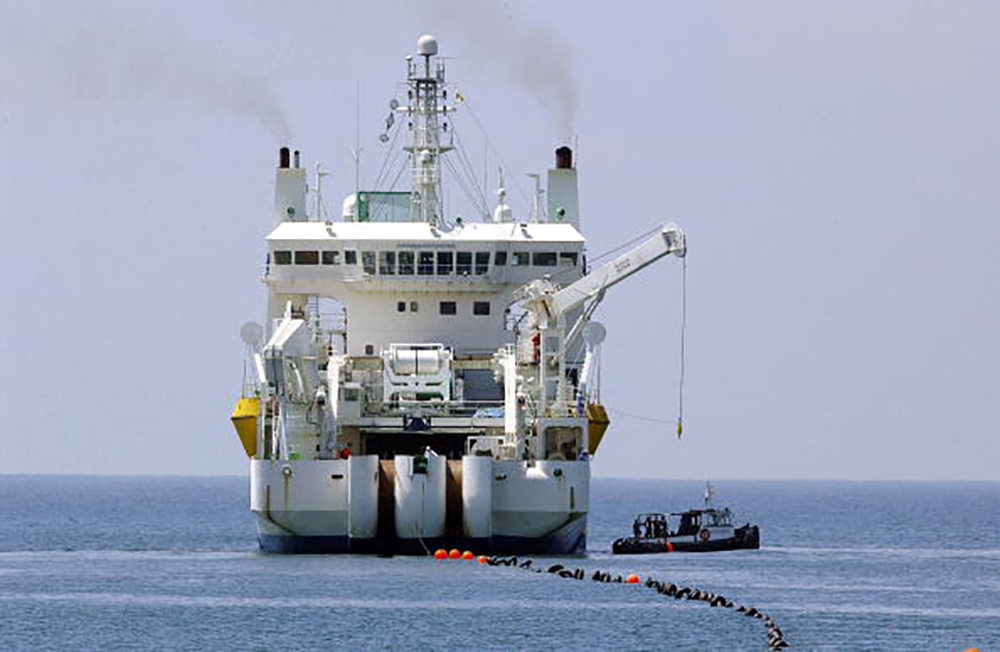
Kumul Submarine Cable Network Project (KSCNP)
The Kumul Submarine Cable Network Project (KSCNP) is a project to establish a submarine optic cable of 5,475 kilometers linking fourteen coastal provinces within Papua New Guinea (PNG). It is the second component of the larger Coral Sea Cable Project which aims at increasing information sharing and strengthening existing bilateral relations between Australia and PNG.
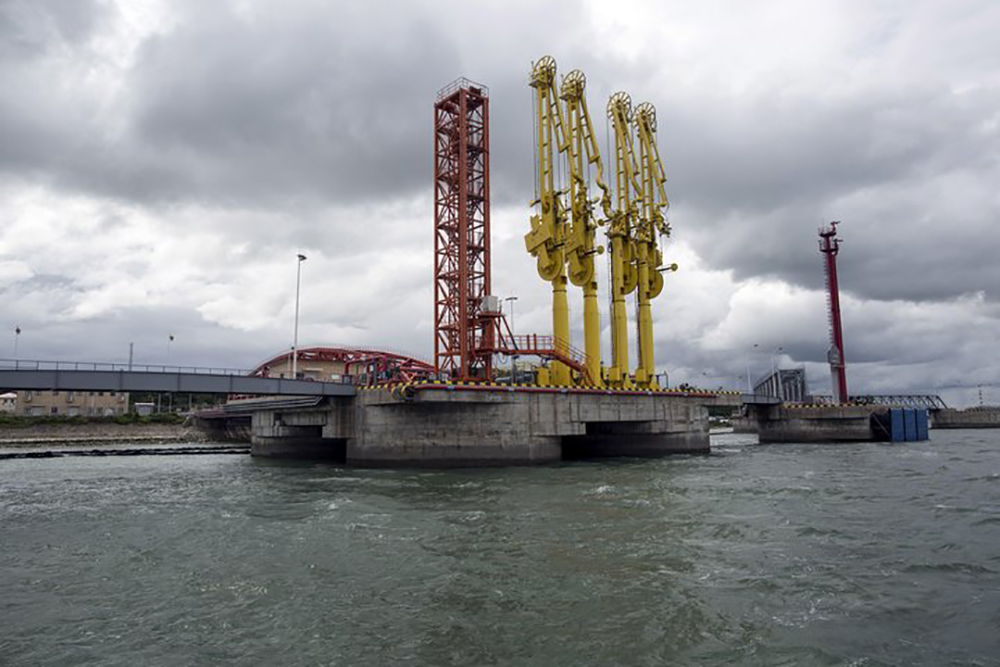
Kyaukphyu Special Economic Zone (KP SEZ)
The Kyaukphyu Special Economic Zone (KP SEZ) is one of three special economic zones in development in Myanmar. Located on the Bay of Bengal in Kyaukphyu, Ramree Island, Rakhine State, it is planned to contain a deepwater port facility, an industrial zone, and a high-end housing project across a total of 4,300 acres. A primary goal of the special economic zone is to create employment opportunities for native Rakhine people in the area, using foreign direct investment to create jobs and generate tax revenues that will raise the local standard of living.
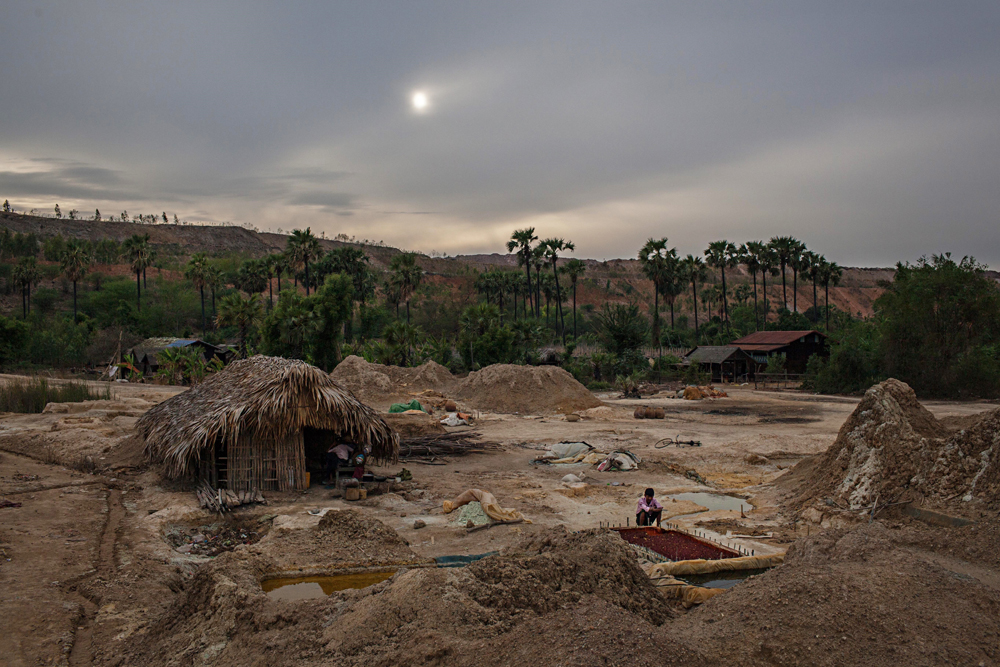
Letpadaung Copper Mine Project (LCMP)
The Letpadaung Copper Mine Project is a Sino-Burmese joint venture project between Myanmar Wanbao Mining Company Ltd. (MWMCL), military-owned Myanmar Economic Holdings Ltd. (MEHL), and state-owned enterprise Mining Enterprise No. 1 (ME-1) of the Ministry of Natural Resources and Environmental Conservation (MoNREC). It aims to fulfill domestic raw materials for mineral resources and promote exports of the same which will encourage the growth of heavy industries, leading to long-term national development.
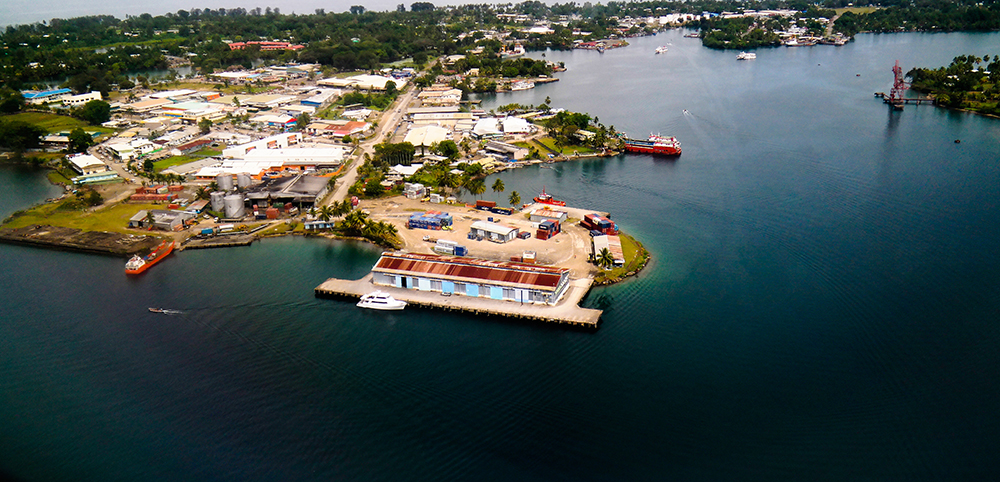
Pacific Maritime Industrial Zone (PMIZ)
The Pacific Maritime Industrial Zone (PMIZ) is a mega fisheries industrial project that would retain a large portion of Pacific-caught tuna for local processing. Approved in 2004, it is Papua New Guinea’s (PNG) first project following the Special Economic Zone concept. The project is situated in Bidar, Madang Province and aimed at building ten canneries to create tens of thousands of jobs and generate significant economic activity. The project was estimated to cost US$156 million, funded through a concessional loan from EXIM Bank of China and the Government of PNG. Out of the total land area of 216 ha, 116 ha is allotted for the industrial zone and the remaining 100 ha for residential and commercial use. Upon completion, the PMIZ will have up to ten tuna canneries and a host of integrated port facilities.
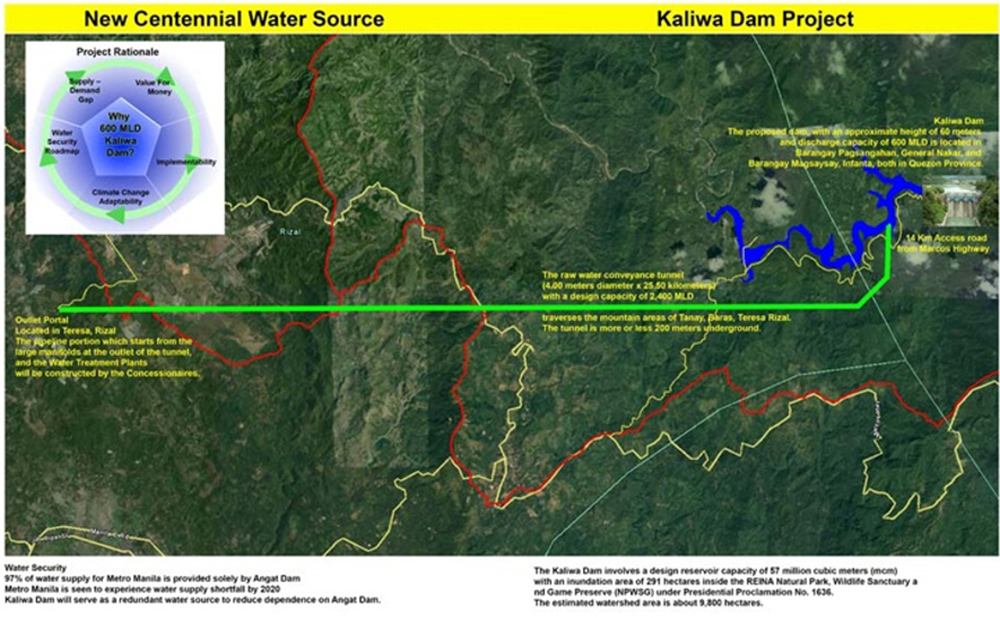
The New Centennial Water Source-Kaliwa Dam Project (NCWS)
The New Centennial Water Source-Kaliwa Dam Project (NCWS-KDP) is listed as a banner project under the “Build, Build, Build” (BBB) program. It aims to supply 600 million liters of water per day and benefit some 17.46 million people or about 3.49 million households in Metro Manila, Rizal, and Quezon to reduce the current 97 percent dependence on the Angat Dam. The Angat Dam is located in the municipalities of General Nakar and Infanta in Quezon and Teresa in Rizal.
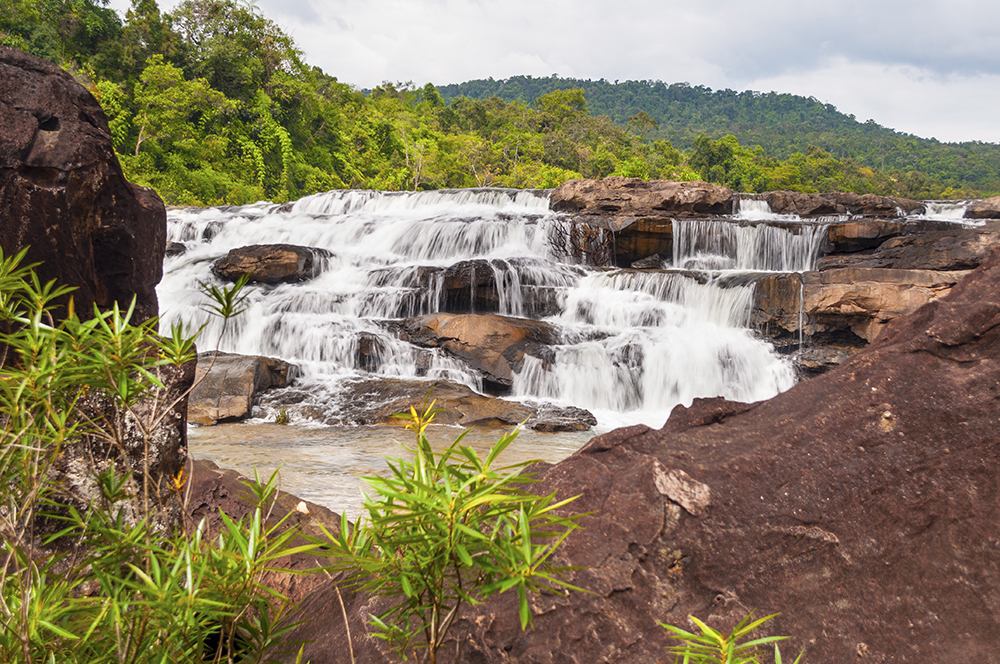
The Tatay River Hydropower Dam (TRHD)
The Tatay River Hydropower Dam project is the sixth hydropower dam financed by China in Cambodia. The 246-megawatt Tatay River HydroPower dam is located in Thma-Bang District, Koh Kong Province in western Cambodia. The project is owned by Cambodian Tatay Hydropower Limited and began full operation in December 2015. When the Build-Operate-Transfer (BOT) agreement for the project was signed in 2008, it was projected to start construction in 2009 and commence commercial operation by 2013 with a projected cost of $505 million. Upon the project’s inauguration, it was the largest investment project by a Chinese state enterprise in Cambodia to date.
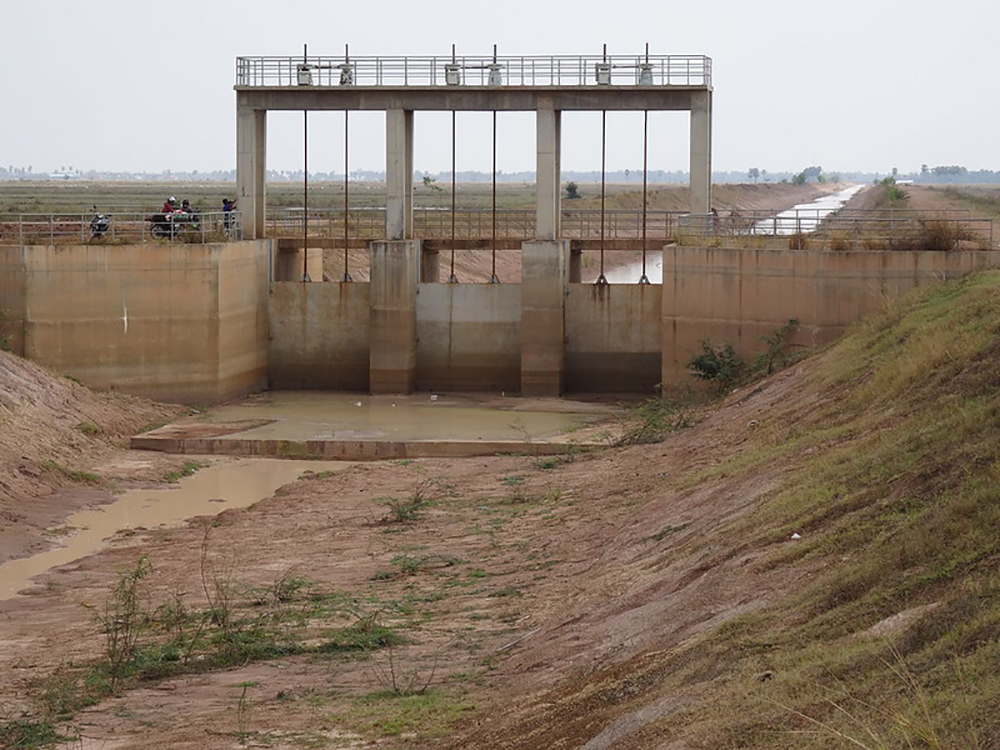
Vaico Irrigation Development Project
The Vaico Irrigation Development Project is the largest investment in Cambodia’s agricultural sector to date. It consists of a series of irrigation and drainage canals, sluices, bridges, and culverts connecting farmland in the eastern Cambodian provinces of Kampong Cham, Prey Veng, and Svay Rieng to the Mekong River. Conducted in two phases-one complete and one nearly complete-the project’s budget amounts to US$192,954,032 in total and stands as the largest irrigation project ever undertaken in Cambodia. It aims to irrigate hundreds of hectares of rice paddies in eastern Cambodia, increasing stability in a sector that confronts variable weather patterns in the face of climate change and other risks while striving to alleviate poverty and hunger. The project is being constructed by Guangdong Foreign Construction Co., Ltd. (GDFC), a Chinese engineering firm, and overseen by the Chinese consulting firm Guangzhou Wanan Construction Supervision Co., Ltd. (GWCSC)
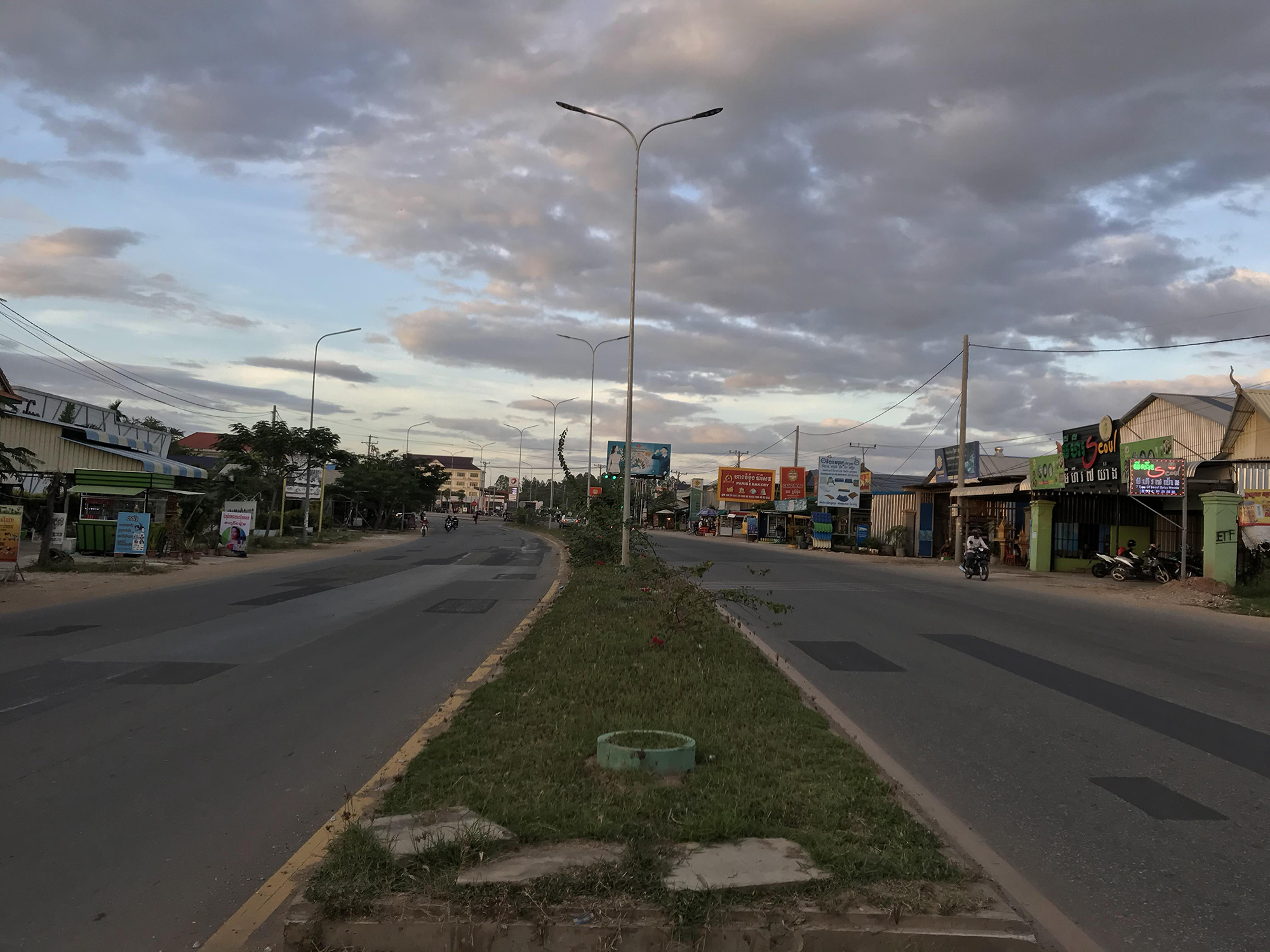
Cambodia National Road 6
The National Road 6 (NR 6) is a 415.5 km Cambodian highway stretching from the capital city of Phnom Penh to Banteay Meanchey Province in northwestern Cambodia on the border of Thailand. This major road connects both the cities of Phnom Penh and Siem Reap to the Thai border, designating it as a crucial international trade and transport corridor for the Kingdom. Investment in the road’s upkeep and maintenance is therefore essential, and the Royal Government of Cambodia (RGC) has welcomed overseas investment to this end. NR 6 is sectioned in line with its crossing of provincial borders and according to administrative authority. One such example is the Ang Krong-Thnal Kaeng (AKTK) section.

DITO Telecommunity - Philippines Narrative
As of September 2021, DITO Telecommunity is the third (and newest) telco operator in the Philippines, breaking the ‘duopoly’ of Globe and Philippines Long Distance Telephone Company (PLDT). San Miguel Corporation, one of the largest corporations in the Philippines, was initially interested in partnering with Telstra Corp., Ltd. to become the third telco, but negotiations fell through. DITO aims to improve the Philippines’ connectivity with faster and more secure high value 4G and 5G technologies.
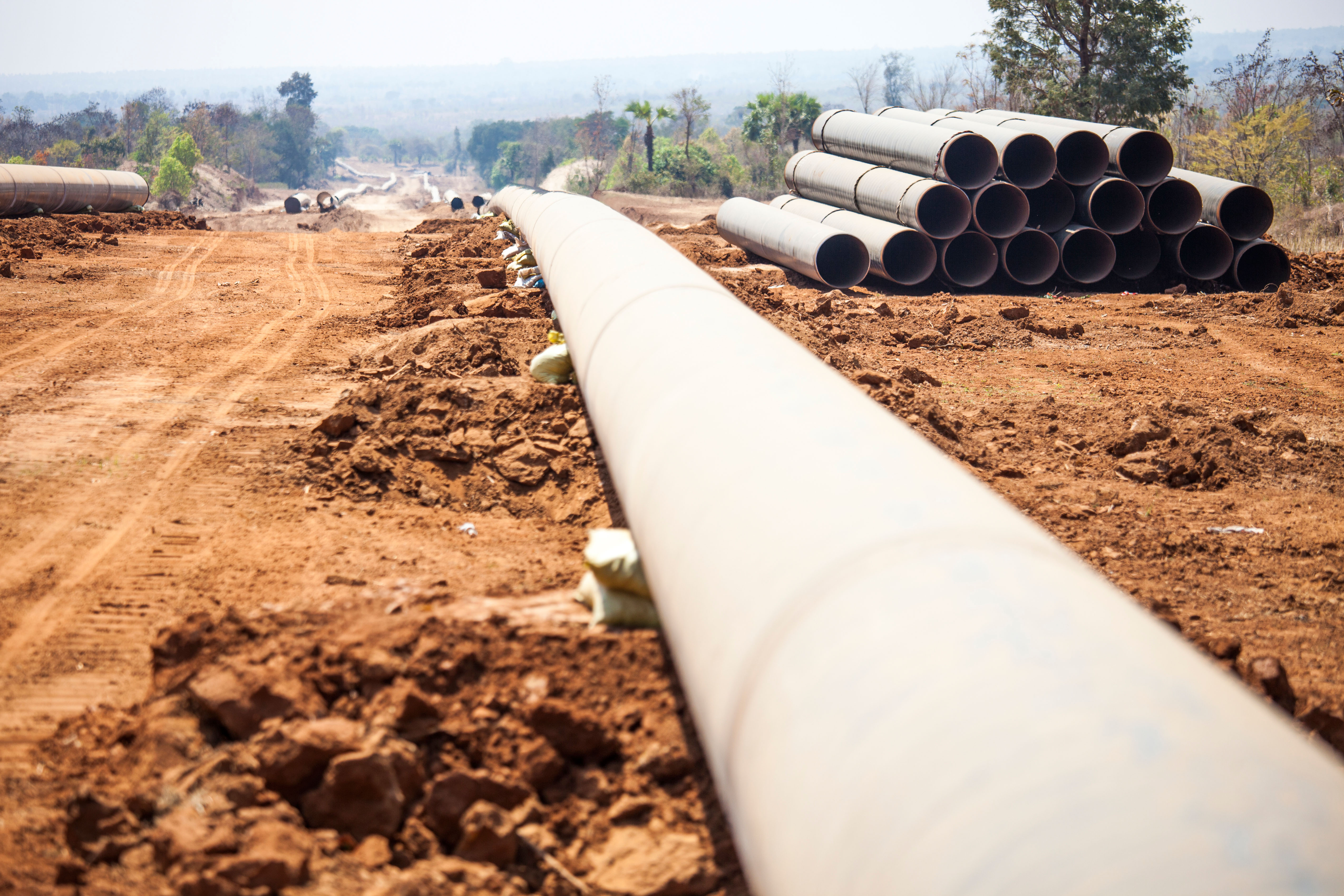
Myanmar-China Oil and Gas Pipeline Projects
The Myanmar-China Oil and Gas Pipeline projects began in 2010 with the aim of transporting natural gas and crude oil from the West coast of Myanmar to China. Both pipelines, which extend into China’s Yunnan Province, are part of a series of Chinese-built and operated infrastructure projects in Myanmar. By October 2013 and 2017 respectively, the two pipelines were fully operational and began moving natural gas extracted from Myanmar as well as energy imports from the Middle East and other fossil-fuel producing nations. These projects were heralded as ‘pioneer projects’ of the Belt and Road Initiative (BRI), and referred to as part of the China-Myanmar Economic Corridor (CMEC), despite the fact that these projects were completed prior to the formal announcement of both the BRI and CMEC in 2013 and 2017.
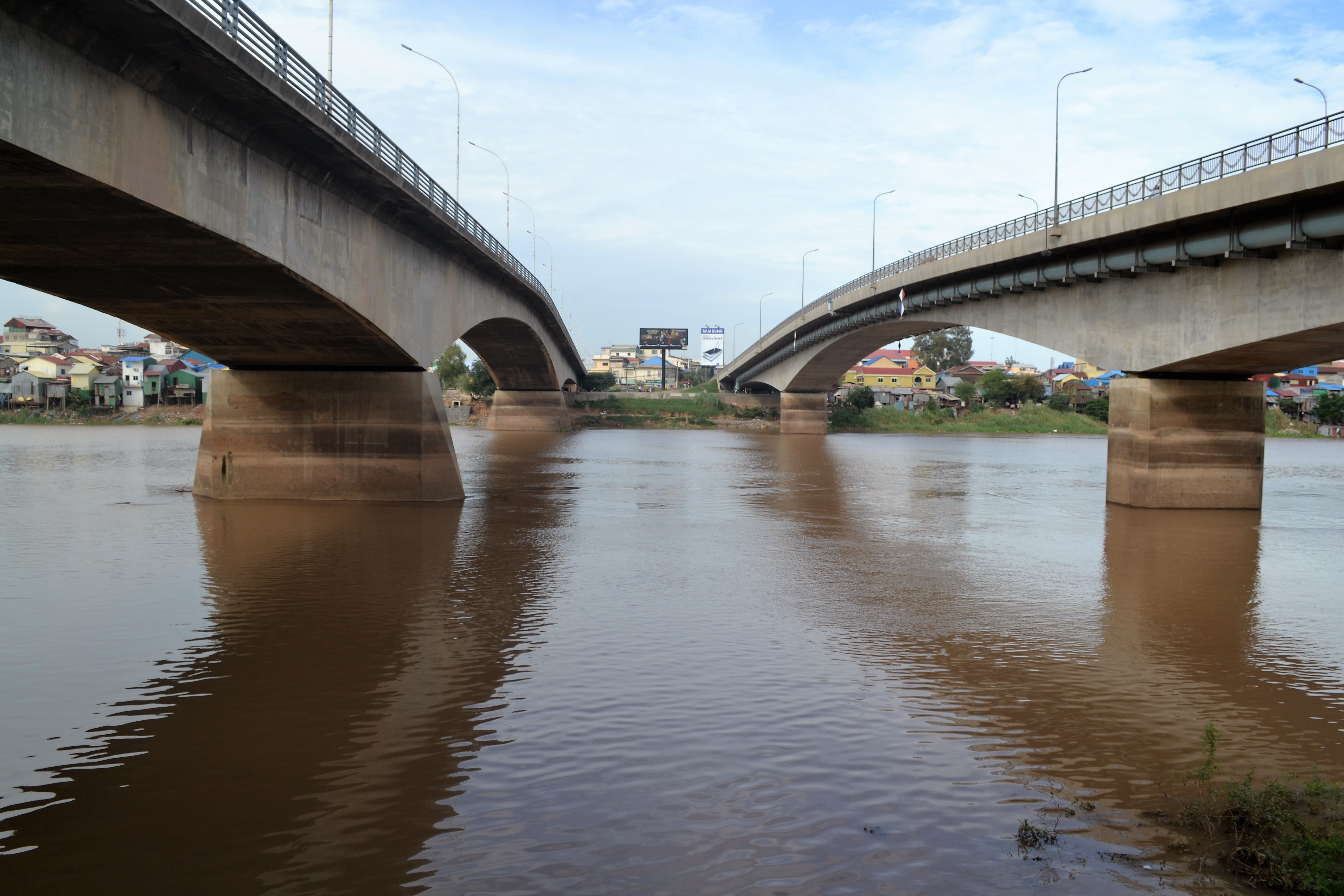
Cambodia National Road 1 (Phnom Penh to Neak Loueng Section)
The National Road 1 (NR 1) Project was formulated in 2004 as part of a larger national development strategy to rehabilitate Cambodia’s roads and ports. It was fully funded by the Japanese International Cooperation Association (JICA), Japan’s leading foreign development agency. Although it began before the BRI was established, during a time when Cambodian state capacity was significantly weaker, Japan outperformed China in all areas.
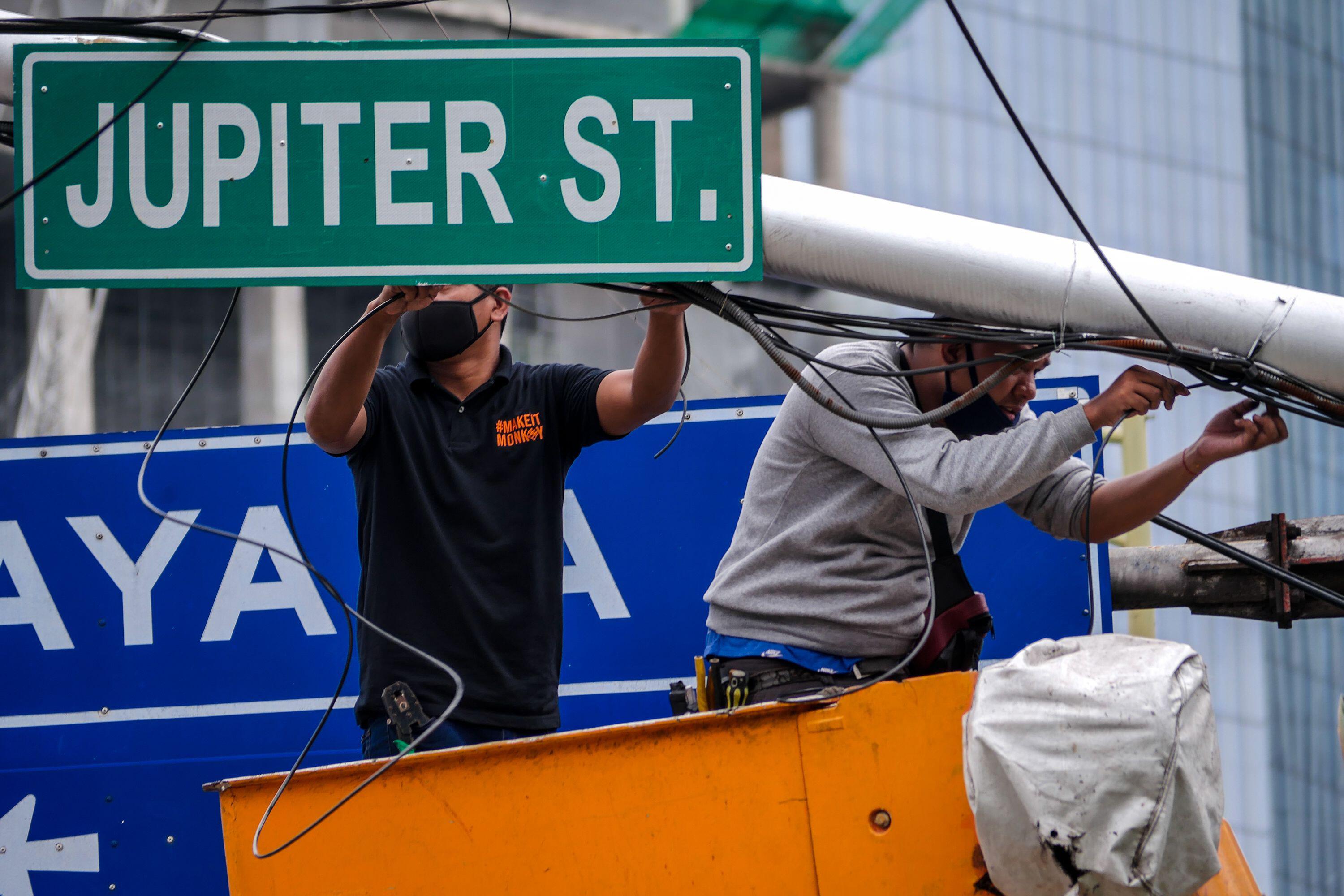
The Safe Philippines Project Narrative
The Safe Philippines Project is a joint project between the governments of the Philippines and the People’s Republic of China to ensure the effective and efficient management of public order, safety, and security. The Department of the Interior and Local Government (DILG) originally proposed the project as the “National Safe Cities Project”. Eventually, the name was changed to the Safe Philippines Project when the final feasibility study was submitted to the National Economic and Development Authority (NEDA) in December 2016. The study was later approved in January 2018.
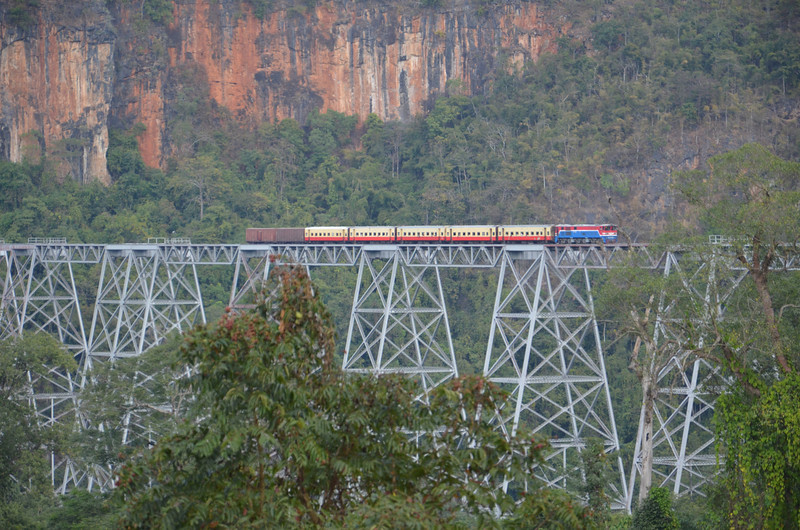
Muse-Mandalay Railway Project
The Muse-Mandalay Railway project is a proposed 431-kilometre long standard-gauge railway project situated across the China-Myanmar border with an estimated cost of USD $9 billion. The railway is planned to connect Kunming, the capital of China’s southern Yunnan province, to Mandalay in central Myanmar. It represents a major part of the China-Myanmar Economic Corridor (CMEC). Official action began with the signing of a memorandum of understanding (MoU) in 2011 between China and Myanmar, but work on the Muse-Mandalay railway was suspended in 2014 due to strong objection from local people. The project was revived in 2018 during the National League of Democracy (NLD) government’s term. As of 2021, the Muse-Mandalay Railway project remains in the planning stages. However, it is expected that the military junta—the State Administration Council (SAC)—will approve the construction.
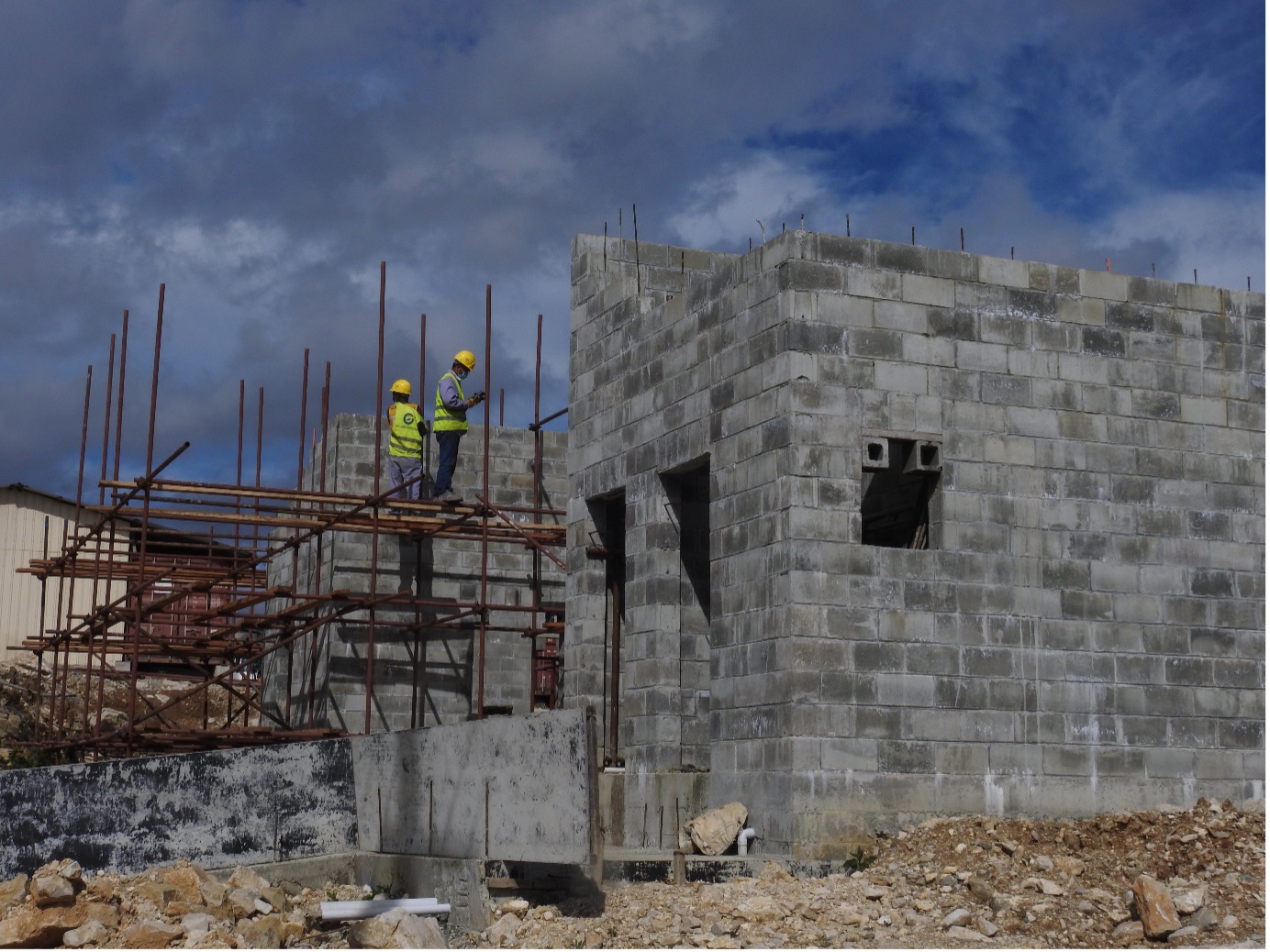
Western Pacific University Project
The Western Pacific University (WPU), located in Ialibu in the Ialibu-Pangia District of the Southern Highlands Province, is a jointly funded project between the governments of Papua New Guinea and the People’s Republic of China. Though construction began in 2014, Phase One of the three-stage project is yet to be completed, already five years behind the original schedule. Between 2014 and 2021, GoPNG spent US $33.7 million on Phase One, while the PRC spent US $2.98 million, though the Chinese-funded parts of Phase One were only 10% complete as of the end of 2021. The total cost of the project was originally estimated to be US $179.8, but the funding breakdown of Phase Two and Three remains unclear. Despite ongoing work on the site, WPU enrolled its first 49 students in March, 2021.
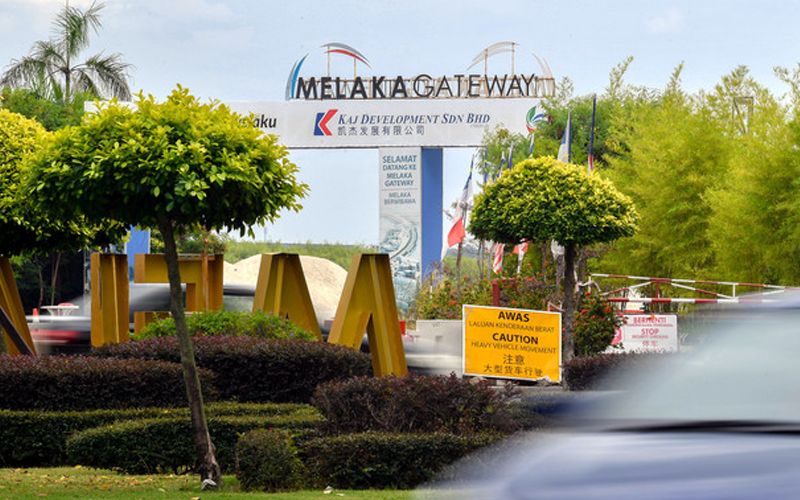
Melaka Gateway
The Melaka Gateway is a planned integrated seashore development project in the coastal areas of Melaka, a state at the southern tip of the Malaysian peninsula. It was conceptualised as a maritime centre that would host the largest private marina in Southeast Asia, reinstating Melaka’s reputation as a renowned trading zone while reviving the state’s economy. It is owned by a local developer, KAJ Development Berhad, with investments by three Chinese companies. In 2021, the project was cancelled indefinitely, and its land reclamation projects were rebranded as the Melaka Economic Waterfront Zone (M-WEZ). As of March 2022, however, the project has been handed back to KAJD and is back in development.
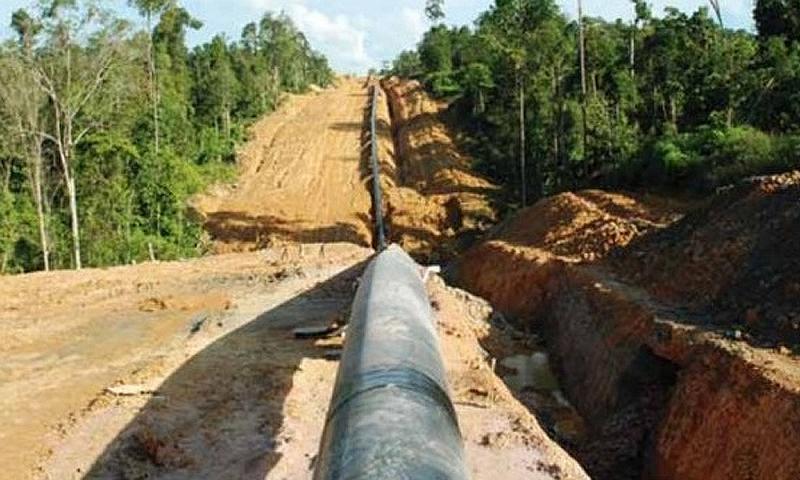
Trans-Sabah Gas Pipeline
The Trans-Sabah Gas Pipeline (TSGP) is a RM4.06 billion (US $969.9 million) petrochemical and gas pipeline project that aims to provide a solution to the power shortage problem in Sabah, as well as increase job opportunities in the region and move Sabah higher up the value chain. It is commonly stated by media outlets, think tanks and academics that the TSGP is a BRI-related project, although this is not officially confirmed. The pipeline will be installed from the oil and gas terminal in Kimanis, Sabah to Sandakan and Tawau. The project owner is Suria Strategic Energy Resources Sdn Bhd (SSER), a special purpose vehicle established in 2016 to implement the project.
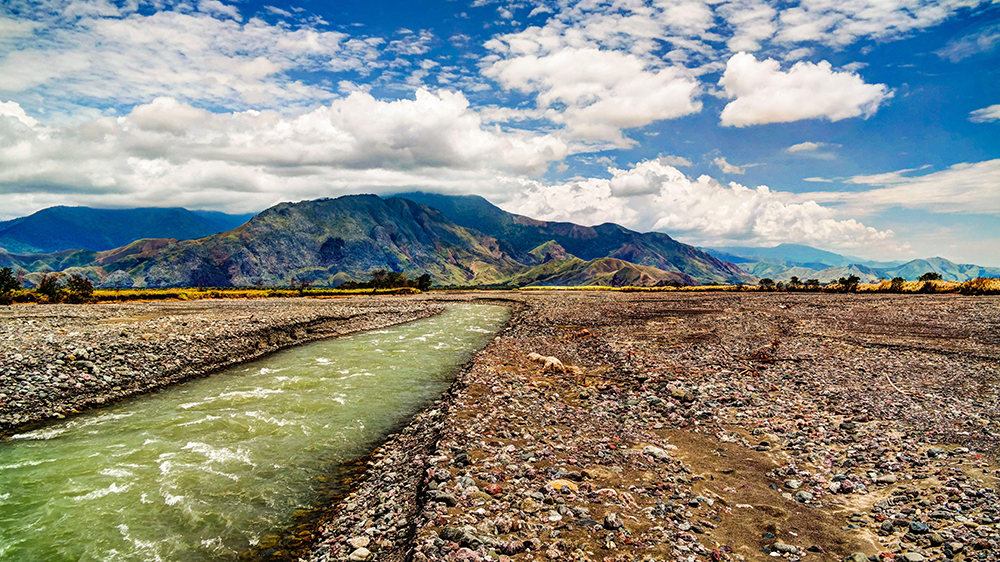
Ramu 2 Hydroelectricity Project
The project is a proposed 180MW hydropower station on the Ramu River. The development is aimed at optimizing the utilization of water resources within the Yonki reservoir to meet increasing load demands and displace high-cost diesel generation. Expected to increase Papua New Guinea’s electricity capacity by 36 percent, Ramu 2 is located downstream of the existing Yonki hydroelectric complex in the Eastern Highlands Province of Papua New Guinea. The Yonki complex currently consists of two hydro facilities fed from the Yonki dam and reservoir: the 75MW Ramu 1 power station and the 18MW Yonki Toe of Dam hydropower station. The Ramu 2 project will develop the final 570 m head of water in the Ramu gorge between Ramu 1 tailrace Tunnel and the Ramu valley.





